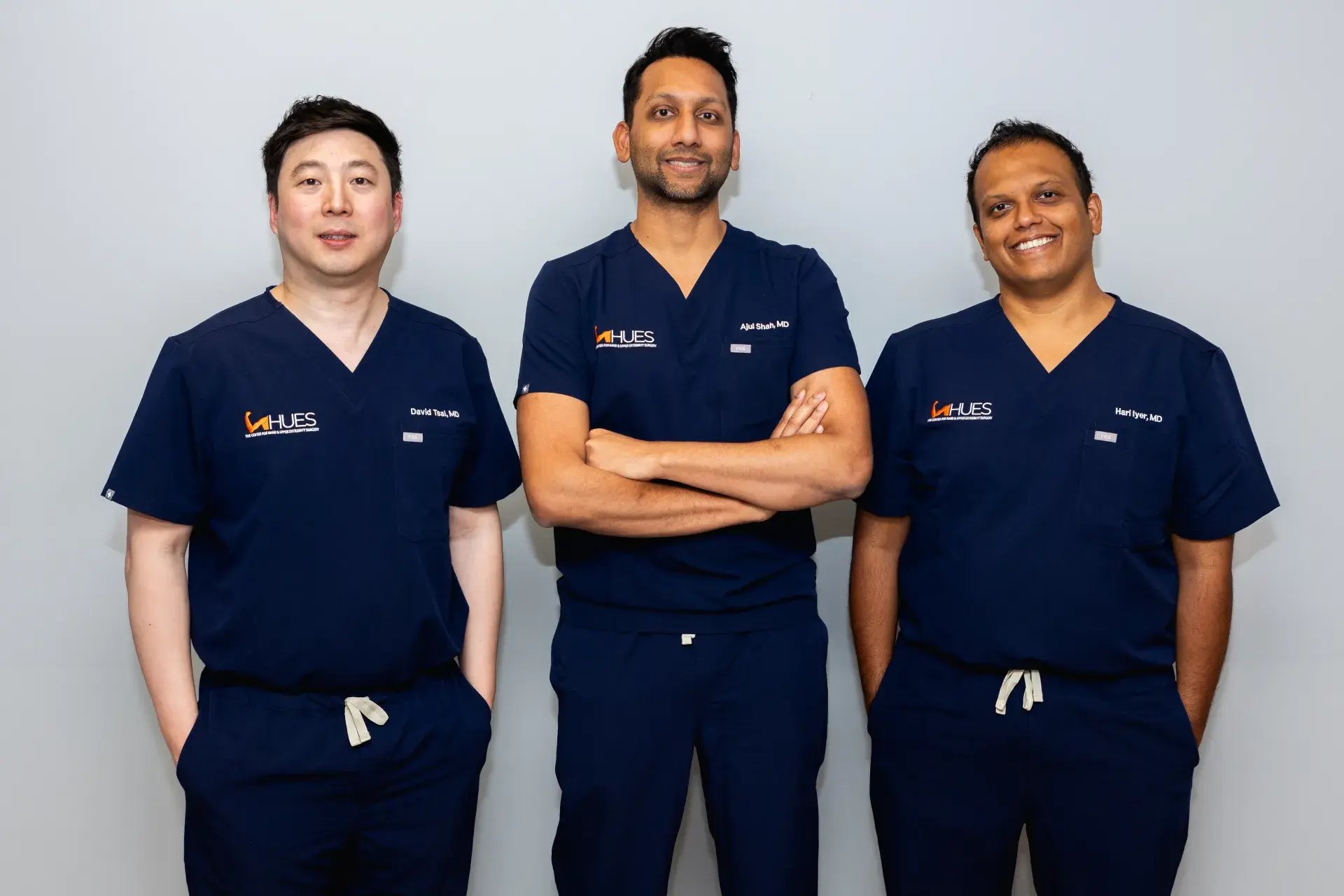David Tsai
MD, FACS
Hand & Upper Extremity SurgeonDouble Board Certified in Plastic Surgery and Surgery of the Hand

Revision surgery is necessary for patients who have undergone a surgery that did not adequately correct their injury, arthritis issues, degenerative changes, carpal tunnel, or other conditions affecting the upper extremities.
Revision surgeries following failed procedures for conditions like carpal tunnel or De Quervain's Tenosynovitis are relatively uncommon but can occur. If your symptoms have worsened or returned after healing from surgery, you may feel hopeless. Fortunately, advanced treatments and revision surgery conducted by our highly specialized surgeons can help reduce or eliminate these symptoms.
Conditions Treated
From addressing nerve complications to correcting structural concerns, our surgeons specialize in various types of revision surgeries that can alleviate pain or discomfort and help patients improve function, including:
Identifying the need for revision surgery involves recognizing specific signs that might indicate an unsuccessful outcome or the emergence of new issues post-surgery. While symptoms can vary based on the patient, condition, and the initial procedure, here are some indicators to consider:
When patients lose hope, they turn to The Center for Hand and Upper Extremity Surgery at The Institute for Advanced Reconstruction. Our surgeons are fellowship-trained hand and upper extremity specialists with years of focused training in complex conditions. We perform a high volume of revision procedures each year with excellent success rates.
Before revision surgery, you will have a consultation with your surgeon. This pre-operative phase involves discussing your medical history, current symptoms, and the reasons for considering revision surgery. You might undergo physical examinations, imaging tests, and possibly additional diagnostics to help the surgeon understand the specifics of your case and prepare accordingly.
The specific details of your revision surgery will depend on the nature of the initial procedure and the issues prompting the revision. Generally, your surgeon will aim to address the failed or unresolved aspects of the prior surgery. This might involve correcting anatomical structures, removing scar tissue, releasing nerve compression, or addressing any factors contributing to the previous procedure's failure. The surgical team will ensure your comfort and safety throughout the procedure, often performed under anesthesia.
Following revision surgery, you'll be monitored in a recovery area before being discharged – usually on the same day, depending on the condition. You might experience soreness, swelling, or discomfort at the surgical site. The surgeon will provide instructions for wound care, pain management, and any restrictions or exercises to aid in the healing process.
After an upper extremity revision surgery, the recovery process is crucial for optimal healing and restoration of function. Following your surgeon's post-operative guidelines, which may include wound care, medication, and physical therapy, will aid in managing pain, reducing swelling, and gradually improving mobility. While each person's recovery journey varies, diligent adherence to the prescribed rehabilitation plan can significantly enhance the speed and quality of recovery, allowing you to return to daily activities with improved function over time.
who underwent treatment for condition.
1-2 sentences introducing the patient story and enticing visitors to explore more stories about patients who sought care at the Center for Hand and Upper Extremity.
Visit our Patient Resource Center online to access useful information such as intake forms, tips for your first appointment, ways to prepare for surgery, and more.
You might consider revision surgery if you continue experiencing symptoms or complications from a previous surgery, such as persistent pain, loss of sensation, reduced function, or new issues arising after the initial procedure.
Risks include infection, bleeding, nerve damage, recurrent symptoms, stiffness, scarring, and, in rare cases, the possibility of worsening symptoms or new complications.
Full recovery depends on various factors, including the initial condition, the extent of revision needed, individual healing, adherence to rehabilitation, and the success of the surgery. While many patients see significant improvement, full recovery may vary.
Improvements can be gradual and vary from person to person. Some notice improvements in a few weeks, while others may take several months to experience significant progress.
Success depends on factors like the skill of the surgeon, the nature of the original problem, the chosen surgical technique, and your body's response to the procedure.
Physical therapy is often recommended to optimize recovery, regain strength and function, and minimize stiffness or scar tissue formation.
Revision surgery can potentially address and correct complications resulting from multiple prior procedures, but the success depends on the specific situation and underlying issues.
Resuming normal activities varies based on the individual, the extent of the surgery, and the type of work involved. Your surgeon will provide guidance on when it's safe to resume different activities.
Your surgeon may recommend avoiding certain activities or ergonomic adjustments to protect the affected extremity during the recovery period. Following post-operative instructions is crucial for optimal healing.
Persistent symptoms should be discussed with your surgeon during follow-up visits. Additional assessments may be needed to determine the cause and appropriate next steps.
Insurance coverage for revision surgery depends on various factors, including your insurance plan, the necessity of the procedure, and prior authorizations. It's advisable to check with your insurance provider beforehand.
Choosing a surgeon experienced in revision procedures is essential. It's recommended to inquire about the surgeon's expertise and success rates in performing these specific types of surgeries.
